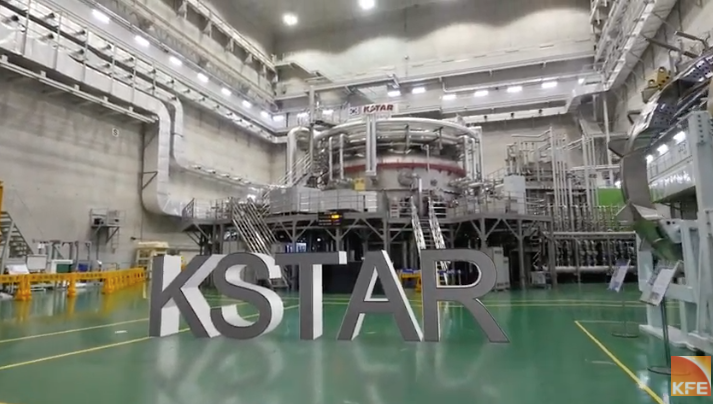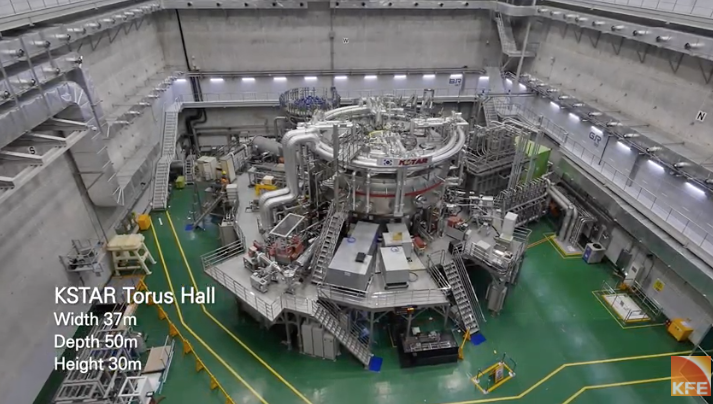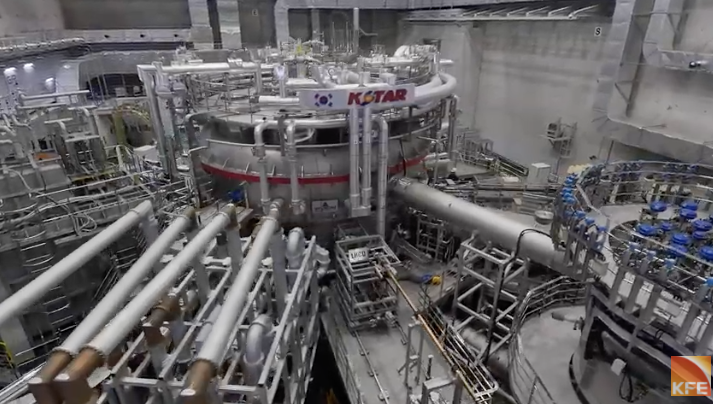Fusion energy is one of the most limited technology in the world because of the present condition's inability to support it but Koreans have achieved a world record of making it run for 20 seconds. It may not seem enough or long, but in terms of the technology's progression, it is a massive achievement and improvement from previous studies and research.

The next-generation technology is one which people would only hear from science fiction movies to perform its function and push forward with its results, but in real life, the technology is not yet widely available. However, that would soon change because of Korea Superconducting Tokamak Advanced Research's (KSTAR) latest groundbreaking achievement.
According to Phys. org, the Koreans have achieved a new feat with its "artificial sun" after making it power-up for a full 20 seconds that produced over ion temperatures of 180 million degrees Fahrenheit (100 million degrees Celsius). The experiment was done in the past months, and in November 24, the group revealed its achievement.
KSTAR has collaborated with researchers from the Seoul National University (SNU) and the country's Columbia University to making a succession of continuous operation of the fusion reactor. The artificial sun was tasked to produce more than 180 million degrees F under the KSTAR Plasma Campaign in 2020.

Initially, the device and technology has achieved only eight seconds last 2019, but over the course of a year, the researchers have more than doubled the run time of the reactor, achieving new heights with the campaign. The fusion reactions are the process that occurs from the Solar System's Sun towards the Earth, only filtered by the ozone and distance, for humans not to take the full heat of the star.
Fusion Reaction: What Is It and Why Is It Important?

According to Center for Nuclear Science and Technology Information (ANS), a fusion reaction is a process that smashes together two atoms and in turn, it would create or produce energy. Basically, this process is how the Sun and other stars in the cosmic heavens generate heat and share among the planets, including Earth.
Humans have been replicating the technology for a long time now, with KSTAR's Plasma Campaign 2020 having achieved great lengths for the technology's progression and availability in present science. This process can generate heat more gently than its direct opposite, the nuclear fission which occurs on atomic bombs, a.k.a. "nukes."
The ultra-high-temperature plasma operation is one of the hardest to maintain processes in modern science, but KSTAR's technology, particularly the Internal Transport Board (ITB) have achieved this feat. Currently, this is the only technology in the world that can maintain the more than 100 million degrees C heat for more than 10 seconds.
The team claimed that the progression of the technology would soon contribute to the overall improvement of nuclear fusion, which would be integral to the society. This kind of power could soon be sources of new energy, particularly, renewable and imitating that of the Sun.
Related Article: NASA Will Deploy Perseverance Rover to Mars on February 2021, Demonstrates How It Would Land Through Animation
This article is owned by Tech Times
Written by Isaiah Alonzo




